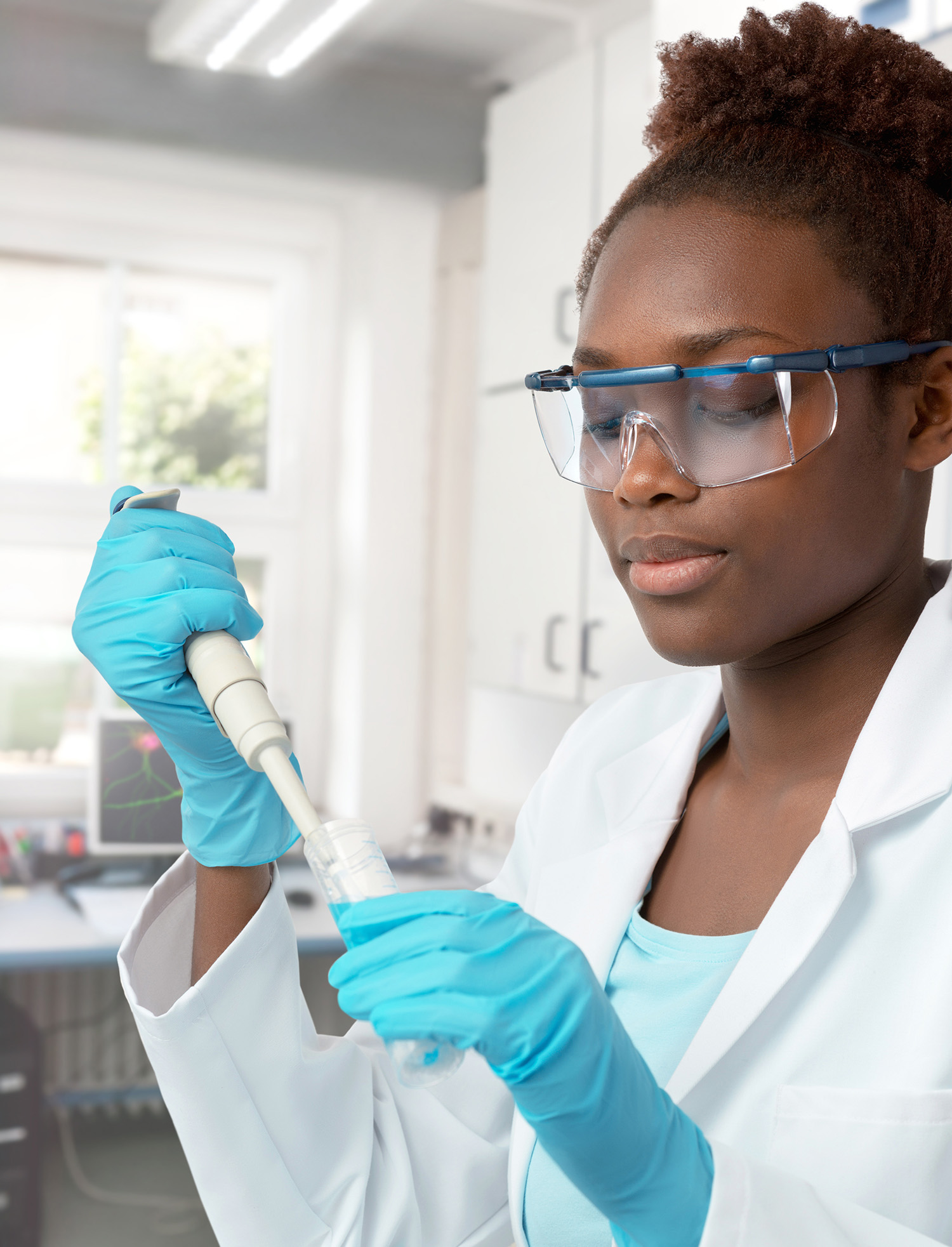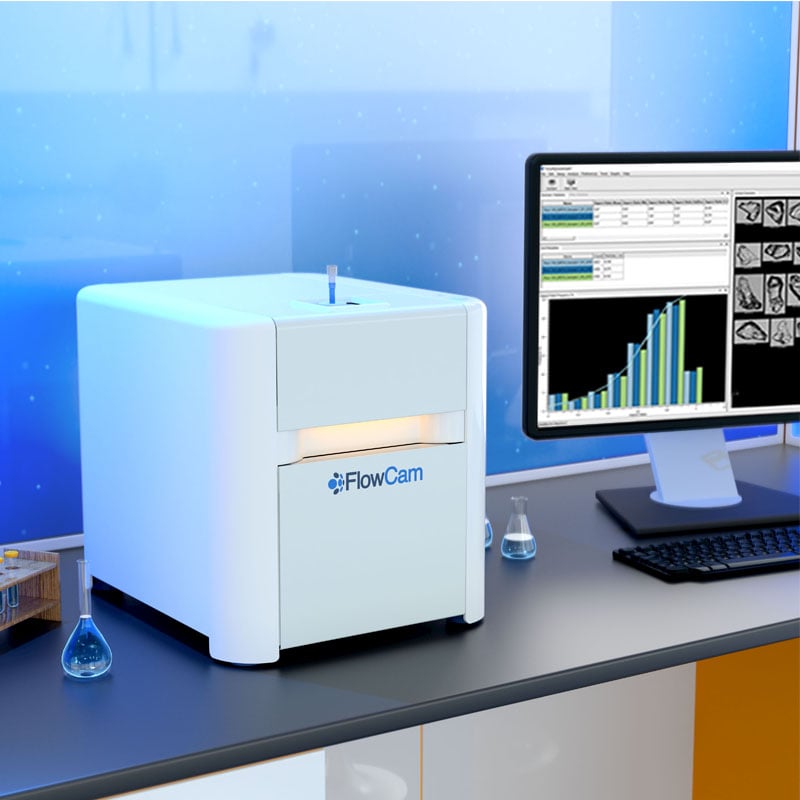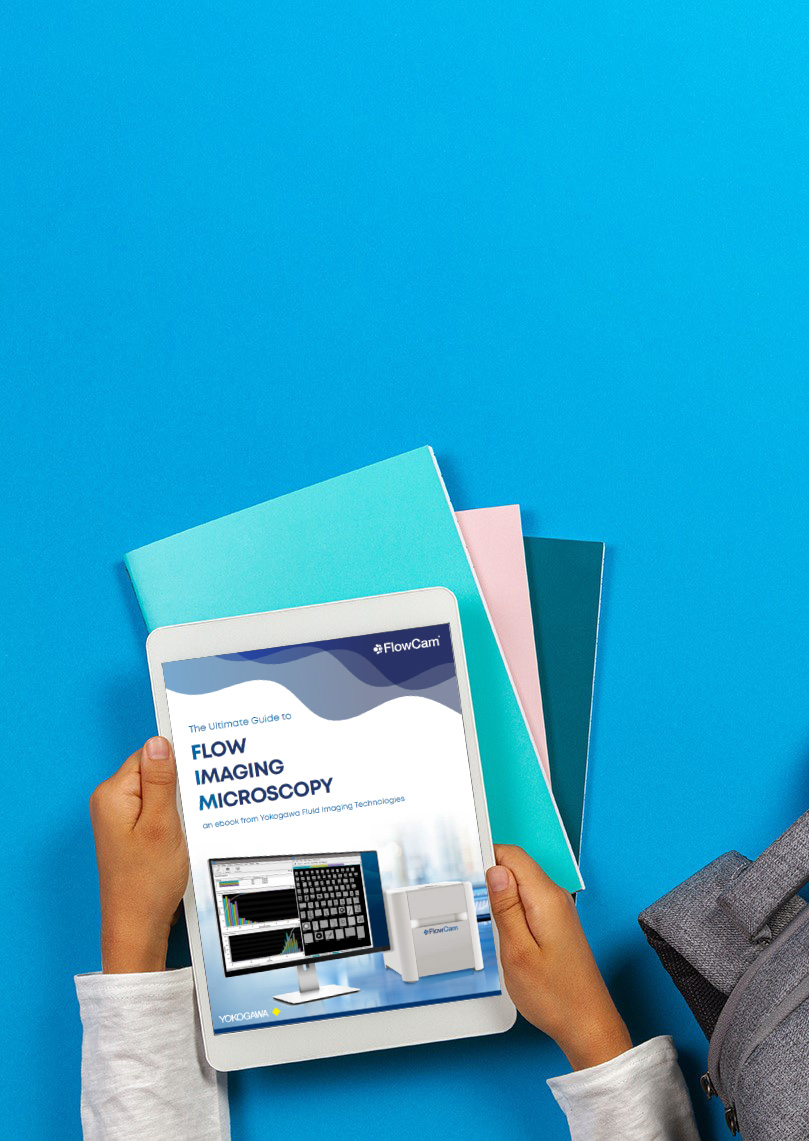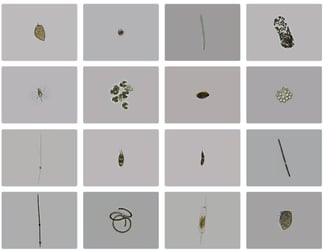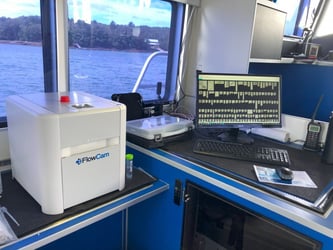The Role of Advanced Microscopy in STEM Learning
Incorporating cutting-edge technology into STEM education is crucial for preparing students for research and industry careers. The University of San Diego (USD) has integrated FlowCam, an automated flow imaging microscope, into its Environmental and Ocean Sciences Department to enhance learning and scientific inquiry by offering hands-on experience, fostering scientific inquiry, and sparking an appreciation for the microscopic world. Our new case study explores how FlowCam has transformed undergraduate education at USD and highlights its impact on student engagement, faculty instruction, and workforce preparation.
Read the Case Study: Incorporating Advanced Microscopy Technology into STEM Education
How FlowCam Transforms Student Research
 Traditional microscopy can be time-consuming and complex, limiting student engagement. FlowCam streamlines student research by automatically capturing high-resolution images of microscopic organisms, reducing manual labor, and enhancing accuracy. FlowCam inspires curiosity, ensures that all students can see the same organisms, and levels the playing field by making microscopy more accessible to all learners. One such example in the case study reflects how an undergraduate student utilized FlowCam for an independent research project to study the ways temperature affects zooxanthellae in sea anemones (pictured here), a critical area of research in marine biodiversity.
Traditional microscopy can be time-consuming and complex, limiting student engagement. FlowCam streamlines student research by automatically capturing high-resolution images of microscopic organisms, reducing manual labor, and enhancing accuracy. FlowCam inspires curiosity, ensures that all students can see the same organisms, and levels the playing field by making microscopy more accessible to all learners. One such example in the case study reflects how an undergraduate student utilized FlowCam for an independent research project to study the ways temperature affects zooxanthellae in sea anemones (pictured here), a critical area of research in marine biodiversity.
Key Benefits for Students
FlowCam provides a variety of benefits in the classroom, including:
- Automates Imaging & Data Collection: By minimizing time spent on sample preparation and manual counting, students can focus more on interpreting results, asking questions, and fostering deeper exploration.
- Expands the Range of Learning: FlowCam supports active data collection in lab experiences and allows students to transition from collecting samples in the field to seeing live data within a three-hour lab session.
- Easy to Learn and Use: FlowCam is easy to set up and doesn't require faculty supervision. Students can learn how to operate FlowCam independently, allowing them to conduct independent studies even with a busy academic schedule.
Workforce Development & Career Readiness
 FlowCam’s integration into undergraduate courses prepares students for biotech and research careers. Many employers, such as those in San Diego’s booming biotech industry, seek graduates with hands-on experience in microscopy, fluid dynamics, and automated imaging.
FlowCam’s integration into undergraduate courses prepares students for biotech and research careers. Many employers, such as those in San Diego’s booming biotech industry, seek graduates with hands-on experience in microscopy, fluid dynamics, and automated imaging.
Read our case study, " Incorporating Advanced Microscopy Technology into STEM Education, " to learn more about the impact FlowCam is making at the University of San Diego.
The Future of STEM Education
By incorporating FlowCam into coursework and research, USD is setting a new standard for STEM education, fostering scientific literacy, inquiry-based learning, and workforce preparation. For students who choose to pursue advanced science degrees, FlowCam helps expand and accelerate student research in ways not possible with microscopy alone. It also yields datasets that future students can re-interrogate to answer new questions. As universities seek to bridge the gap between academics and industry, technologies like FlowCam are invaluable tools for the next generation of scientists.


